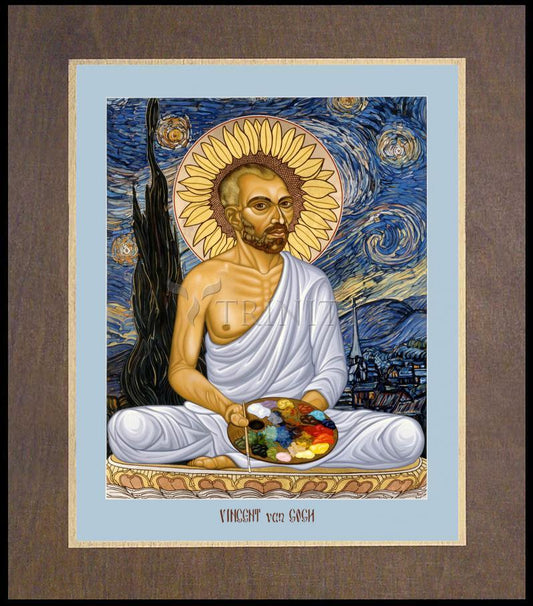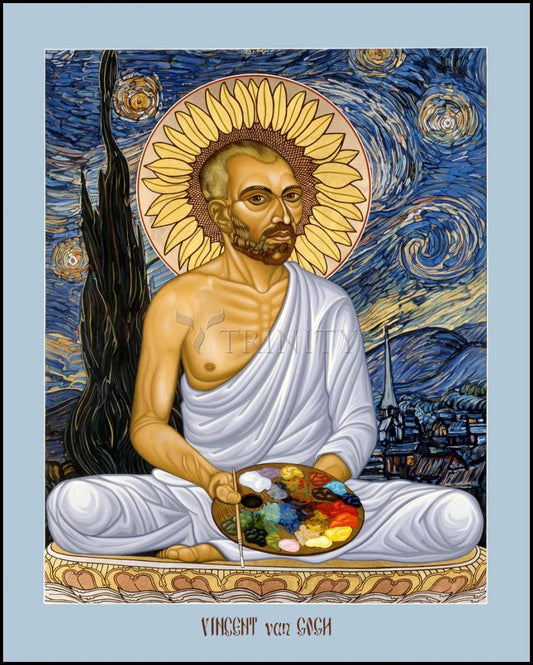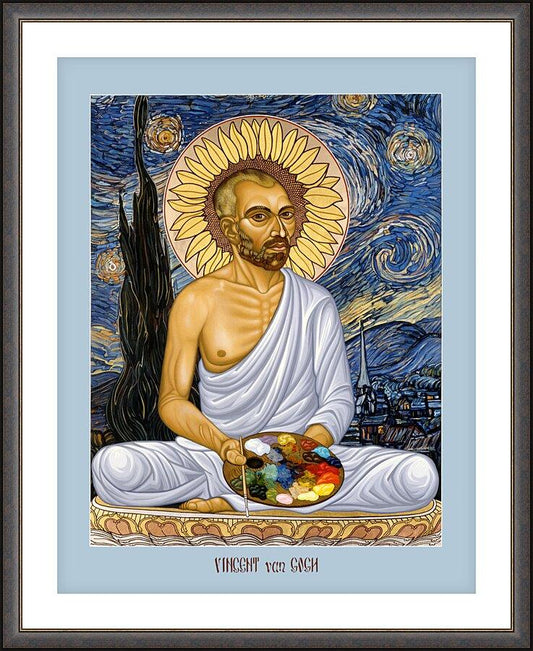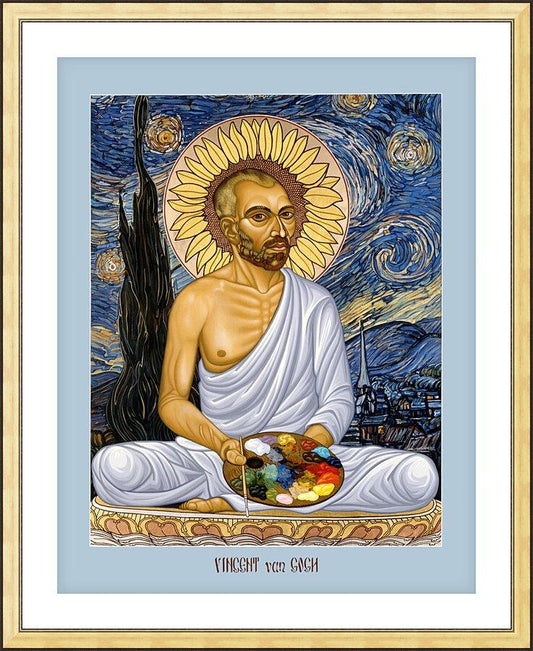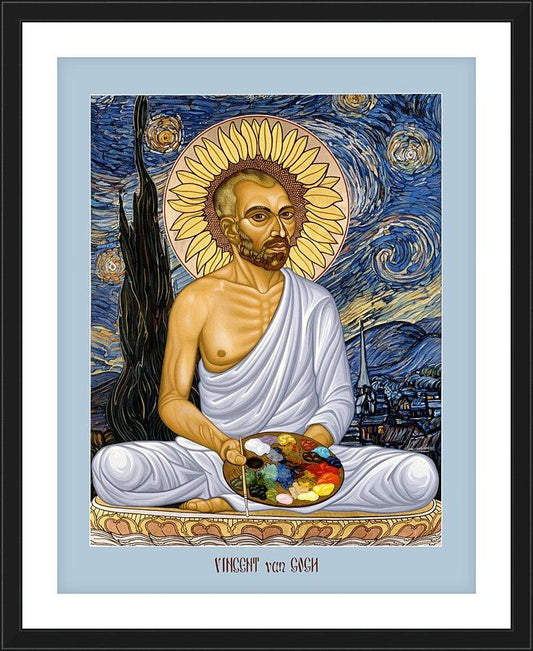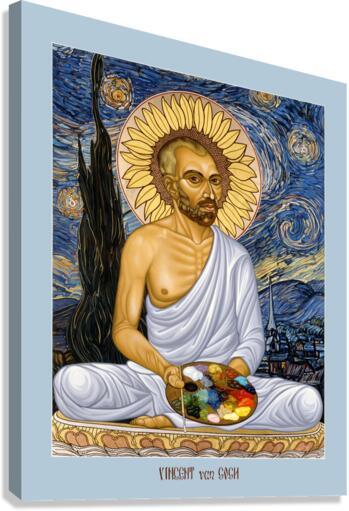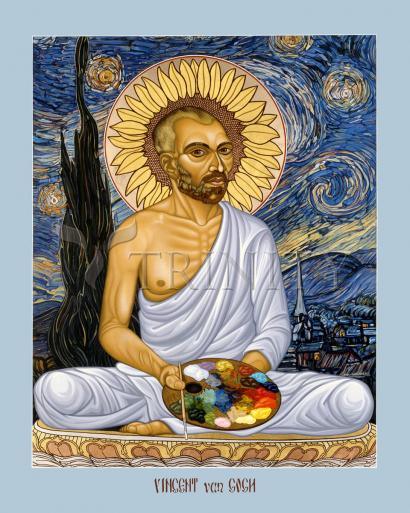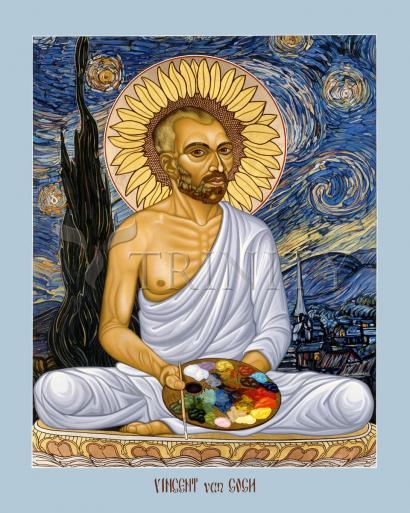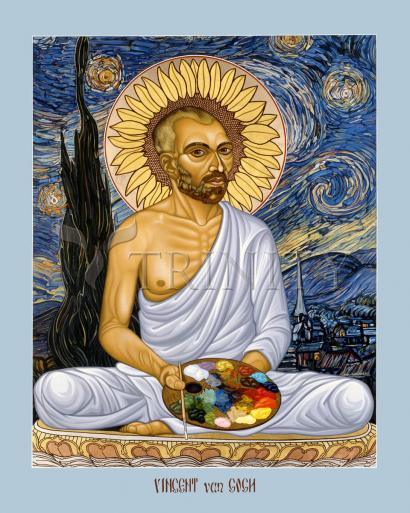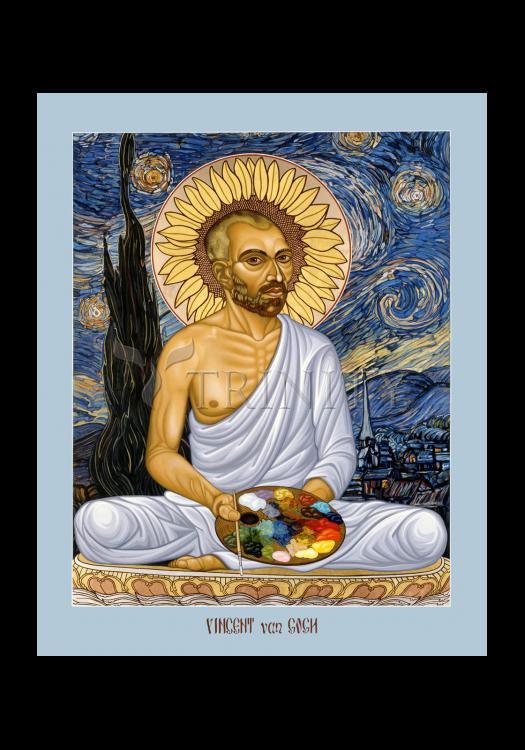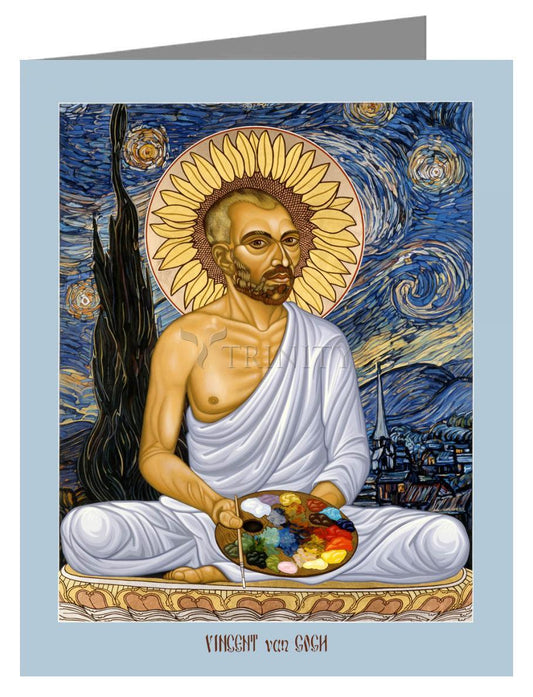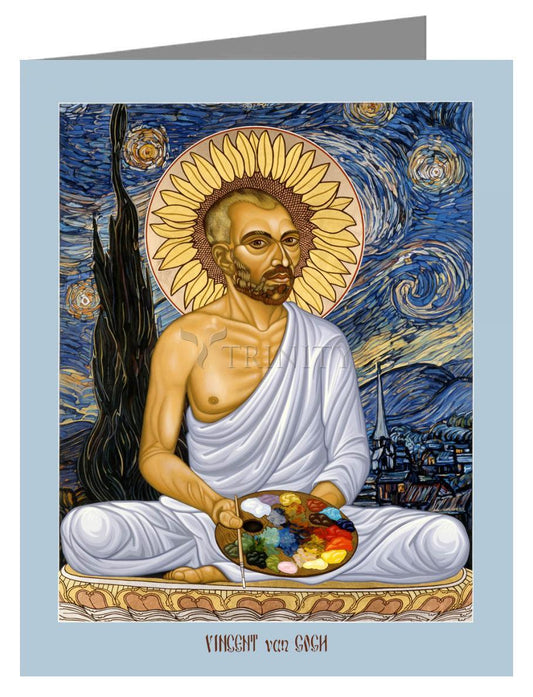Vincent van Gogh was born on March 30, 1853, in Groot-Zundert, Netherlands. Van Gogh was a post-impressionist painter whose work, notable for its beauty, emotion and color, highly influenced 20th century art. He struggled with mental illness, and remained poor and virtually unknown throughout his life. Van Gogh died in France on July 29, 1890, at age 37, from a self-inflicted gunshot wound.
Death and Legacy
On January 31, 1890, Theo and his wife, Johanna, gave birth to a boy and named him after van Gogh. Around this time, Theo sold van Gogh's "The Red Vineyards" painting for 400 francs.
Also around this time, Dr. Paul Gachet, who lived in Auvers, about 20 miles north of Paris, agreed to take van Gogh as his patient. Van Gogh moved to Auvers and rented a room. In May 1890, Theo and his family visited van Gogh, and Theo spoke to his brother about needing to be stricter with his finances. Van Gogh became distraught about his future, thinking that Theo meant he was no longer interested in selling his art.
On July 27, 1890, van Gogh went out to paint in the morning as usual, but he carried a loaded pistol. He shot himself in the chest, but the bullet did not kill him. He was found bleeding in his room. Van Gogh was taken to a nearby hospital and his doctors sent for Theo, who arrived to find his brother sitting up in bed and smoking a pipe. They spent the next couple of days talking together, and then van Gogh asked Theo to take him home. On July 29, 1890, Vincent van Gogh died in the arms of his brother. He was 37 years old.
Theo, who was suffering from syphilis and weakened by his brother's death, died six months later in a Dutch asylum. He was buried in Utrecht, but in 1914 Theo's wife, Johanna, who was a dedicated supporter of van Gogh's works, had Theo's body reburied in the Auvers cemetery next to Vincent.
Johanna then collected as many of van Gogh's paintings as she could, but discovered that many of them had been destroyed or lost, van Gogh's own mother having thrown away crates full of his art. On March 17, 1901, 71 of van Gogh's paintings were displayed at a show in Paris, and his fame subsequently grew enormously. His mother lived long enough to see her son hailed as an artist and a genius.
Today, Vincent van Gogh is considered the greatest Dutch painter after Rembrandt. He completed more than 2,100 works, consisting of 860 oil paintings and more than 1,300 watercolors, drawings and sketches. Several of his paintings rank among the most expensive in the world; "Irises" sold for a record $53.9 million, and his "Portrait of Dr. Gachet" sold for $82.5 million.
After more than 100 years since van Gogh's death, more of his artwork was released. A painting of a landscape entitled "Sunset at Montmajour" was discovered and unveiled by the Van Gogh Museum in Amsterdam in September 2013. Before coming under the possession of the Van Gogh Museum, a Norwegian industrialist owned the painting and stored it away in his attic, having thought that it wasn't authentic. The painting is believed to have been created by van Gogh in 1888"around the same time that his artwork "Sunflowers" was made"just two years before his death.



